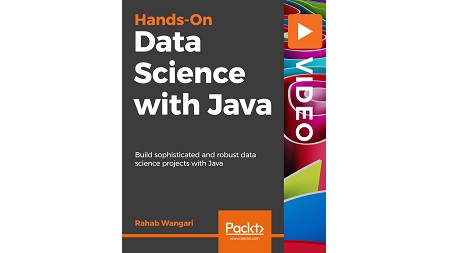
English | MP4 | AVC 1920×1080 | AAC 48KHz 2ch | 3h 05m | 530 MB
Load, clean, analyze, and visualize your data using Java. Develop Machine Learning and Deep Learning models from scratch
Building intensive data science projects is a long and tedious process. Analyzing large data sets requires knowledge of how to deal with all data structures. This means easy access, easier storage, and faster loading. Java provides an efficient way of doing these tasks to improve the efficiency of such data-intensive projects.
In this course, you will use efficient Java libraries to simplify your data analysis. You will perform essential tasks such as loading, cleaning, and visualizing your data. You’ll connect your data with different frameworks, making it easier to analyze small and large data sets. Using the DeepLearning4j library makes training your ML models that much simpler.
By the end of the course, you will be able to build sophisticated and robust data science projects. You will simplify the integration challenges in production using Java.
In this hands-on course, the focus is on solving real-world problems. You will start with an introduction to loading data from different sources, and data cleaning, exploration, and visualization. You will implement different machine learning models and build Deep learning models compatible with JVM using Deeplearning4J. To ensure you understand everything from the beginning, we will use familiar data sets in the different scenarios to reduce the time taken to become familiar with the data set.
What You Will Learn
- Perform data science tasks using a set of robust Java tools and libraries
- Develop robust Java code that correctly executes in multiple environments
- Load and analyze data from databases and flat files irrespective of the size and variety of the data
- Clean and filter data and handle null values for data formatting
- Visualize data to understanding its distribution and discover hidden patterns
- Compare supervised and unsupervised machine learning models and their use cases
- Implement machine learning and deep learning models with real-world data sets
- Split training and testing datasets and determine the accuracy of models using different techniques
Resolve the captcha to access the links!